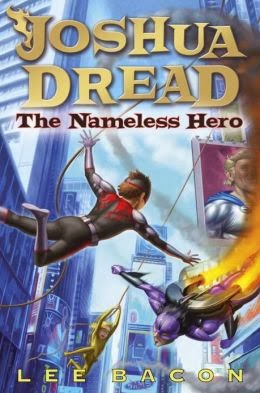Jason Pamment, Treasure in the Lake, Allen & Unwin, September 2021, 208 pp., RRP $16.99 (pbk), ISBN 9781760526238
I haven’t read a graphic novel since I devoured The Adventures of Tintin in the late 1980s. As a somewhat reluctant reader (I didn’t really begin to love reading until very late in primary school) I loved The Adventures of Tintin. I enjoyed the fast pace, the humour, the action, and the way the illustrations added to the story telling. Most of all I liked that they were easy to follow, panel 1 led to panel 2 and so on. Occasionally there would be something a little different in the layout to highlight a particularly important piece of the action but overall, there was a predictable and easy rhythm to this style of writing and illustrating.
When I read Treasure in the Lake, I was delighted to discover that little has changed in the world of graphic novels – panel 1 still leads to panel 2 and so on. Treasure in the Lake is the debut graphic novel by Jason Pamment. Pamment is described as professional production designer and animator. His background in gaming is particularly evident in the illustrative style of Treasure in the Lake. Upon first glance the illustrations reminded me of the Professor Layton video game series.
As to the story line of Treasure in the Lake, the reader is introduced to friends, Iris and Sam, two teens who live in the small town of Bugden. Iris is keen to leave the town, she’s ready to begin a new adventure at boarding school. Sam is less excited by the prospect of adventure preferring the safety and familiarity of the town. When Iris’ mum informs her that there isn’t enough money for her to attend boarding school she runs away. In the morning Sam discovers her missing and goes to find her. The pair discover a dry creek bed and thus begins their adventure. With a lost city, a mystery girl and a fraught friendship the story was thoroughly enjoyable, filled with the right combination of action, suspense, mystery and drama. Finally, the resolution was satisfying. The inclusion of information about lost cities, the process of drawing a graphic novel and samples of early drawings of the characters in the end pages adds value to this title.
I would recommend this title to both enthusiastic and not so enthusiastic readers aged 8-12 years.
Reviewed by Anne Varnes






